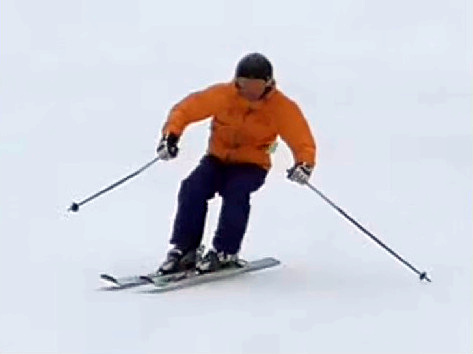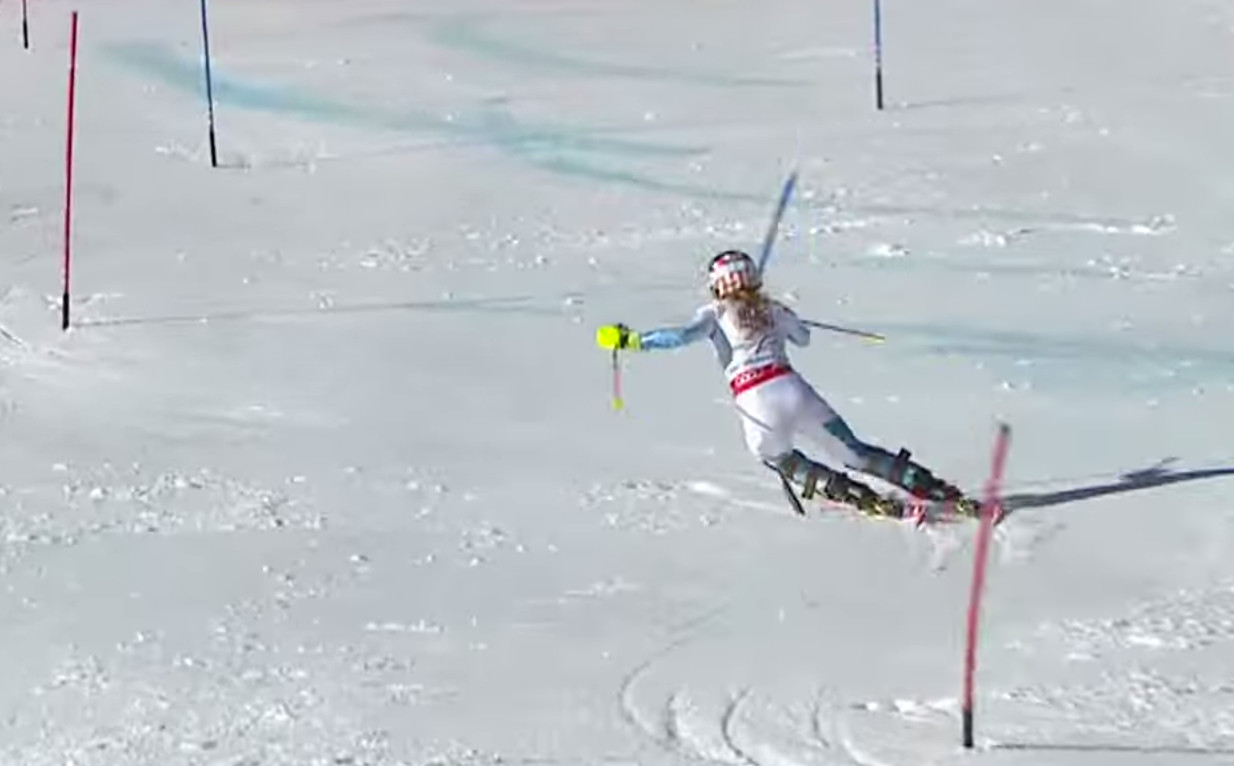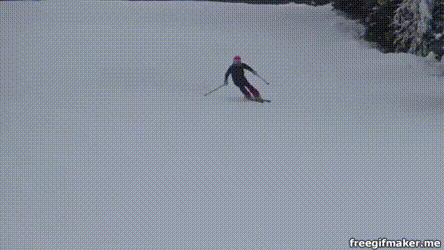Impulse
Pub
Share
One of the biomechanical principles of skiing1 (as well as other action sports) is the notion of impulse: an object will continue on its current trajectory, with the current speed until it is impulsed, see Impulse_(physics).
An impulse is a force applied over a period of time. Both the intensity of the force and the duration of application define the resulting impulse.
Generating and using the impulse is a huge area of interest. Here are just a few of the interesting topics:
- ways of generating and extracting impulse
- strength of the impulse
- direction of the impulse
- timing of using the impulse
For instance, we can dissipate energy through slow sliding or via a short strong hockey stop. We can change direction over a long smooth turn or through a very short, energetic turn.
There are many ways to get impulse in skiing and they're mostly from the interaction with the snow. Here are some of the many ways to look at impulse:
- impulse up vs down, from an extension release vs a flexed release
- impulse laterally, to move the body across the hill, from the apex
- impulse aft (jamming, braking) vs forward (skating, gravity)
In general, when we look at creating and using impulse in ski racing, we refer to impulsing the body in the direction of travel which is down the slope and laterally across to the next turn. The ability to create good impulse, but no more than is needed, is one trait of good racers and expert skiers.
Lateral impulse
There is tremendous energy when the skis bend and turn across the hill - the release is the process by which some of this energy is absorbed and some is used to create an impulse and send the body across the hill, towards the new turn.
To see more on this topic, you need a membership. (Member)
Racing and high performance
There are several important aspects of using the impulse in high-performance skiing.
To see more on this topic, you need a membership. (Gold)
Racing considerations
See Impulse and line++.
To see more on this topic, you need a membership. (Platinum)
Related concepts:
Sessions:
References:
- CSCF Canadian approach to ski racing 1
You need to log in to post a comment!


